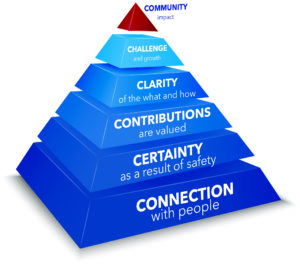
Making the transition into senior leadership is more complex than you think.
Ben Turner should have been whistling a happy tune.
Back when he worked for Stephanie in Professional Services, he had developed a reputation as the go-to technical guy at BCO-Tek. That solid reputation moved him up the ranks in lockstep promotion with Stephanie, who was now the president and CEO. Ben went from team leader in Professional Services to manager of several technical teams in Engineering. With his recent promotion to Vice President of Engineering, nearly 40 percent of the organization was reporting to his department. He now had more money and influence to help scale the fast-growing organization.
So why did everything feel like a struggle?
For many senior leaders, promotion is just the start of a whole new set of unexpected problems. Many for the first time are asked to work on multiple teams with peers who have competing priorities. They might now be responsible for areas of the organization in which they don’t have technical expertise. And it’s not just about the teams they lead anymore, because now there’s a broader spectrum of constituents with which they have to engage.
In senior leadership, the complexity of the role increases and the consequences of a leader’s behaviors are multiplied. How, then, can one successfully make the transition to senior leadership? What does it take to succeed at that level?

